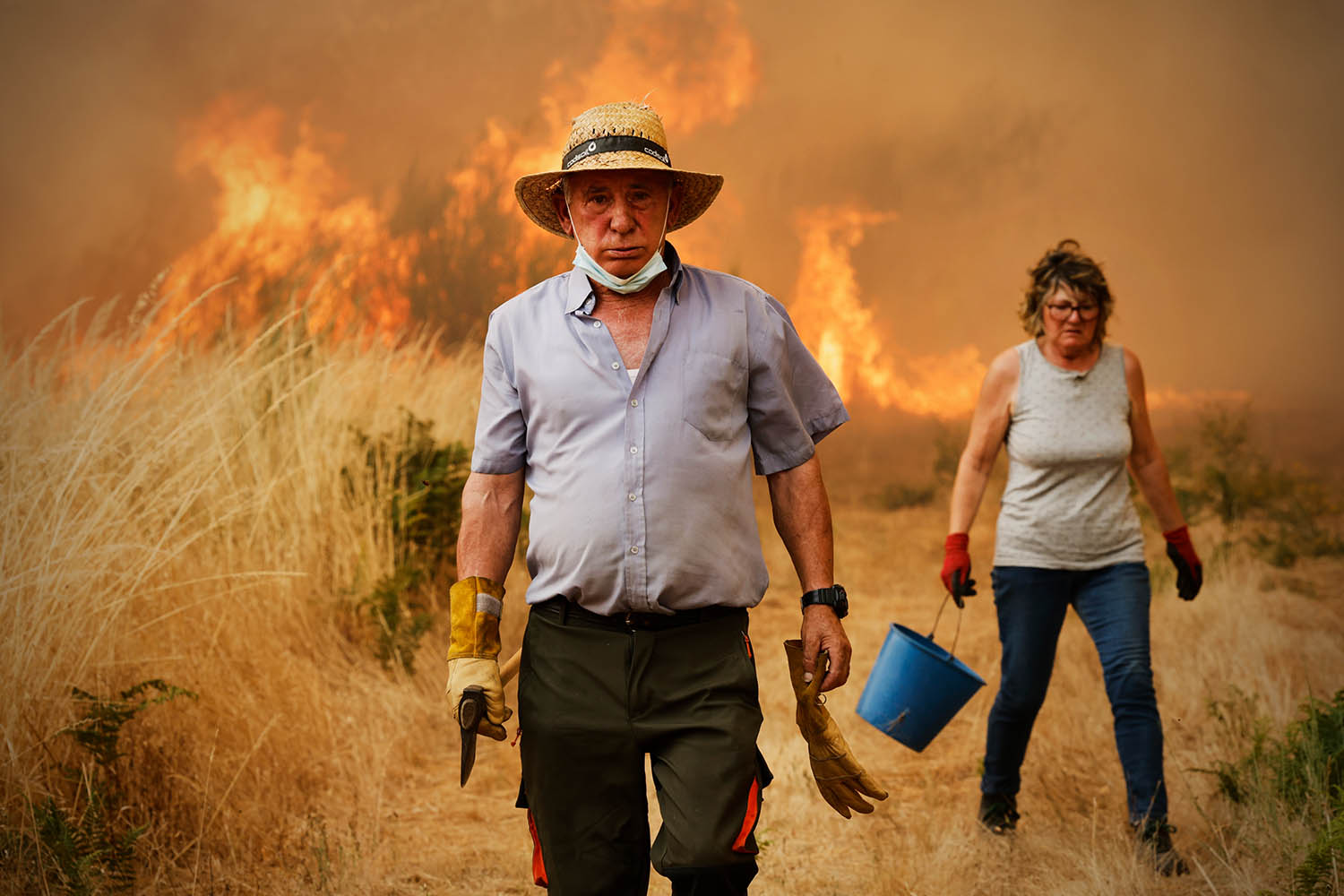Spain has experienced its worst wildfire season on record. Firefighters are battling dozens of active blazes, some of which have burned for more than a week.
So what? More than a million hectares have been torched in Europe so far this year – a record since statistics began in 2006 – with more than a third of the land in Spain. This compares to an annual average of 350,000 hectares between 2006 and 2024. The fires have
•
forced thousands of people to flee;
•
stretched emergency services to breaking point; and
•
become the focus of political rows in the quest for solutions.
Fireman of Europe. The EU’s emergency fire service has been deployed 16 times during the current fire season, more than in the whole of 2024. Spain asked for help for the first time on 13 August, which triggered the force’s largest ever deployment. Other countries in need of assistance include Portugal, Greece, Bulgaria and Montenegro.
Spread. The fires in Spain are concentrated in its western and northwestern regions and have affected an area larger than Mallorca. Nearly 2,000 soldiers have been deployed to battle them, and four people have been killed. This is on top of more than 1,100 excess deaths in the country that have been attributed to a recent heatwave.
Time to act. The fires are so severe that Spain was unable to answer a plea for firefighting assistance from Portugal, as it has done in the past. Spain’s prime minister, Pedro Sánchez, said they were proof of climate change and called for more measures to mitigate future blazes.
Hot potato. His main proposal is a “state pact” that sets aside “partisan struggles” and improves coordination among Spain’s self-governing regions, so they are more prepared for climate emergencies. The idea has been denounced as a distraction by opposition figures, who have criticised the government for not scaling up the response quickly enough.
New normal. But there are proactive ways to reduce the impact of fires, which currently cost Europe about €2 billion a year. The most important measures include
•
beefing up firefighting budgets;
•
investing in improved weather modelling;
•
clearing forests of dry vegetation and branches; and
•
adapting properties so that they are more fire-resistant.
Public awareness also helps. The EU estimates that 90 per cent of wildfires in Europe are sparked by human activity, such as cigarettes, campfires and deliberate arson.
There she blows. Wind is the biggest factor that determines whether a localised blaze becomes a raging wildfire. Flames fanned by gusts of up to 15 mph are usually manageable, but those whipped up by winds of 20 mph and higher are difficult to extinguish. Large firestorms can create their own wind patterns that feed back into the flames and spread them further.
Case studies. Gale-force gusts of 50 mph stoked fires on the outskirts of Athens earlier this month, while the fires that ripped through Los Angeles in January were powered by the regional Santa Ana winds, which reached almost 100 mph.
One way. Wildfires can increase the likelihood of floods, such as those that hit eastern Spain last October and killed more than 200 people. Fires destroy vegetation and make soil less permeable, which means rainfall is more likely to run off.
Or another. Heavy rains can also increase the chance of future blazes by spurring rapid vegetation growth that then dries out. The LA fires followed two wet winters in a row.
Snapshot. Europe and North America are not the worst-affected continents. In Africa, which contains 17 of the 20 countries most threatened by climate change, fires burned 222 million hectares last year – which amounts to nearly 60 per cent of the global total.
Belching fumes. Forests are major sinks of carbon, but fires are turning them into emitters. Carbon emissions from forest fires increased by 60 per cent between 2001 and 2024. In the past two years forests absorbed only a quarter of the carbon they normally do, a phenomenon that could exacerbate climate change and increase the frequency of extreme weather.
What’s more… Major cities and capitals have largely been spared from severe wildfires. But experts believe it could only be a matter of time until a blaze engulfs a large urban area to an even worse degree than in LA. This will have disastrous consequences.

